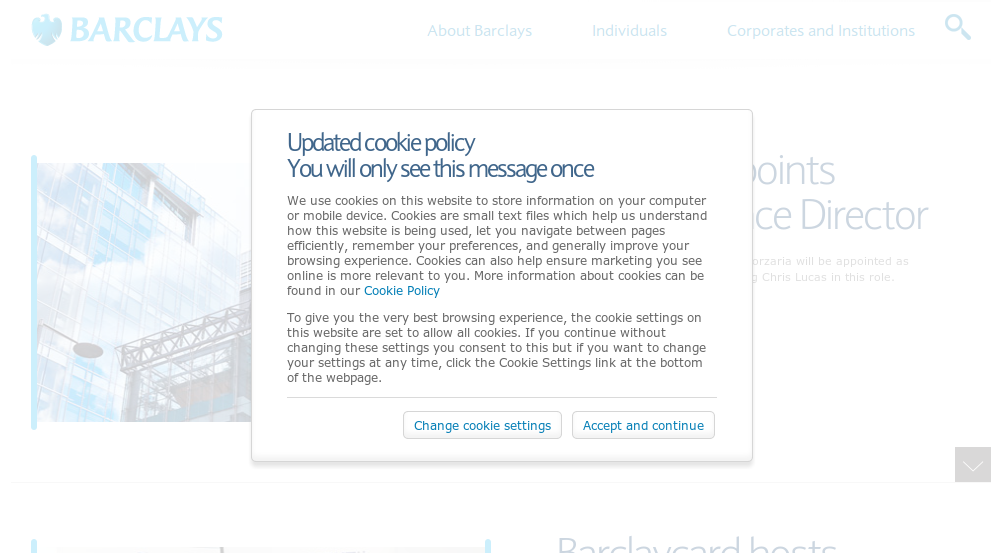Privacy is the New User Experience Best Practice
Privacy is the New User Experience Best Practice
Those of you that have engaged me for consulting know that I talk a lot about the line between “an awesome custom customer experience” and “being awesome at being creepy”. As we enter into the post-Snowden era, you’re going to see the best user experiences showing/telling/asking users for permission to customize.Why do I say this? Because power coupled with sales quotas has the tendency to ruin everything. Case in point: I had this experience about a month ago. I was pricing Salesforce.com plugins that allow for “marketing automation” (customizing marketing content based on a user’s site behavior). On one particular site, the pricing was literally nowhere to be found, even after registering on the site. I think I viewed every single page on the site. Later that day, I received a phone call. “Hey Pivot, I see you’ve been banging around on our XXX site. Are you close to making a purchase?”
What?!? Creepy.
I knew when I went to the site that I was consenting to being tracked without even looking at their privacy statement. I knew I was consenting to their use of my data for marketing. I knew they had my phone number. (That said, I suspected that if someone saw the First Name “pivot” they may think twice before following up.) Still, I was a little taken aback by his approach.
What would someone who’s not as familiar with online tracking think?
Our users are getting more savvy. Lately, I’ve seen examples like this one from Barlcays:
Right up front. The EU at work. I like it.
This gets back to my rants on the size of your list. When we get someone’s information, we love to say things like “40,000 on my list” but that’s the wrong number to focus on. Facebook does this all the time with their ad reports. “A reach of 39,000”. What? I see 2 comments on the last post and no comments on anything else during the previous month. I saw an “open” rate of 9% and 1% click throughs on the last email campaign. The size of the list or the size of the exposure isn’t going to help me get where I want to be.
When applied to site tracking on users, it’s the same thing. Just because you can collect data on everyone doesn’t mean it’s going to help you reach your goals. Having permission to email (or assuming permission) isn’t going to help you reach your goals.
Privacy is the new black.
“Hey user, you want to use my site? Quick FYI. I’m going to put a cookie on your device and track where you go. I’m going to take all the users data and use it to improve my site. No one goes to page XX? Gone. People flock to my Free Report? I may ask for an email address in return. If you come back often enough and click on my goodies a certain number of times, I may have the system send a note that asks if you need more help.”
Some people will automatically opt out when they know this. Others will shrug and move on. The few that are interested may take the time to ask themselves if it’s a fair trade and proceed accordingly. It’s always been like that. From door to door sales to our current surveillance state. We’re just not always aware of being a number in the game.
My advice is to jump in. Follow the example of Duck Duck Go’s non-tracking search engine. Splash user warnings on your site. Get down and dirty with details on your Privacy Statement. (yes, I know. I have to update all these things on my own site. . .and I will. Swear)
Let’s see how it shakes out.
Good stuff.


